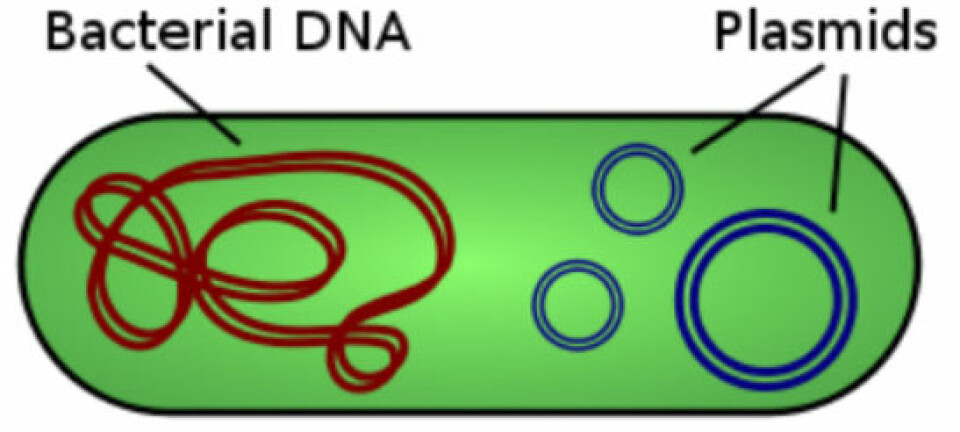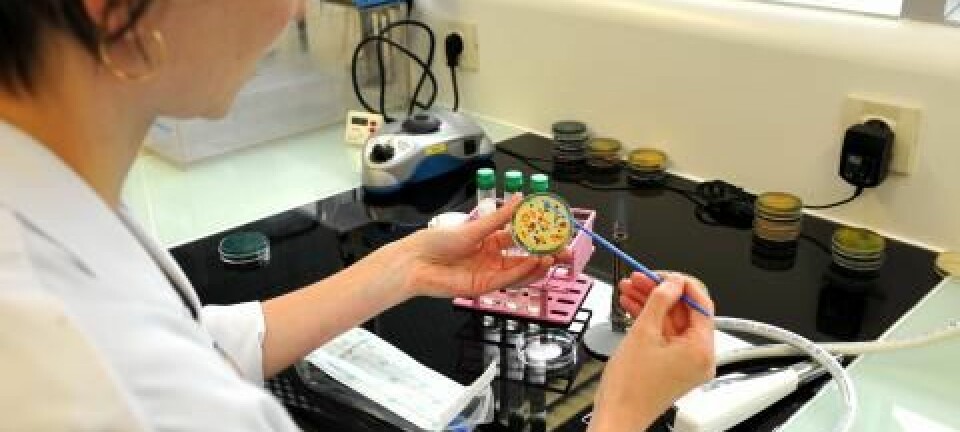
Chickens cause serious infections in humans
Intestinal bacteria from poultry can infect humans and cause urinary tract infections. A new study looks into disease transmission from animals to humans in a world of increasing antibiotic resistance.
The intestinal bacterium Enterococcus faecalis can transmit from chickens to humans, causing urinary tract infections.
This discovery is yet another example of how emerging infectious diseases in humans often stem from animals.
As part of her PhD thesis, Louise Ladefoged Poulsen, of the University of Copenhagen, has studied disease transmission between poultry and humans in Vietnam.
Along with scientists across the world, Poulsen warns about the careless use of antibiotics in both animals and humans:
If antibiotic resistance develops in animals, it can be transmitted to humans and cause serious treatment problems. Potent antibiotics that are currently reserved for humans should not be used on animals. The bacteria could become resistant to antibiotics that would otherwise be used as a last resort for humans.”
“My research shows that we should practice extreme caution when using antibiotics on animals,” she says.
“If antibiotic resistance develops in animals, it can be transmitted to humans and cause serious treatment problems. Potent antibiotics that are currently reserved for humans should not be used on animals. The bacteria could become resistant to antibiotics that would otherwise be used as a last resort for humans.”
Researcher collected faeces and urine
Poulsen collected faeces and urine from poultry and humans in a suburb of Vietnam’s capital Hanoi to study the transmission of infectious bacteria between animals and humans.
She then examined whether having chickens in the home could be regarded as a source of infection for humans with urinary tract infections.
The examinations were performed by growing the bacteria and subjecting them to genetic analysis.
Poulsen followed up with a comparison of the genetic structure of the bacteria to find out whether the bacteria in chickens and in humans were identical.
The results revealed that more than half of the women who had urinary tract infections had chickens in their home. In many cases, the bacterium causing the infection was a clone of bacteria found in chickens.
Infection presumably through food or dirt
“Since we have shown with a variety of methods that the bacteria are identical, we can conclude that there is some transmission between animals and humans,” says the researcher, adding that they don’t know for sure whether it’s the chickens that have infected the humans or vice versa.
“But since the chickens run around defecating all over the place, and humans often come into contact with their faeces, it’s fairly safe to assume that the infection route for the bacterium goes from the animal to the human intestines.”
She says the most likely scenario is that humans are initially infected by contaminated food or poor hygiene.
“The bacterium then makes its way into the bladder from the intestines via the urethra.”
In 30 percent of the cases where infections occurred, the bacterium was highly resistant to gentamicine, which is an important antibiotic for the treatment of heart valve infections.
Heart valve infections can occur as a result of untreated urinary tract infections with Enterococcus faecalis. If this bacterium is resistant to gentamicine, it could prove fatal for the infected.
Also relevant to the West
Although it’s uncommon in the Western world to keep chickens in the home, we should beware of infections with resistant bacteria from animals.
Antibiotic resistance and infection between animals and humans have been given top priority under the Danish EU presidency in 2012.
On 14-15 March, a major conference will be held at Copenhagen’s Bella Center, where 300 of the world’s leading researchers and government representatives in the field will meet to do discuss the problem and its possible solutions.
Articles relating to Louise Ladefoged Poulsen’s research are currently being peer-reviewed for publication in international science journals.
---------------------------
Read this article in Danish at videnskab.dk
Translated by: Dann Vinther










